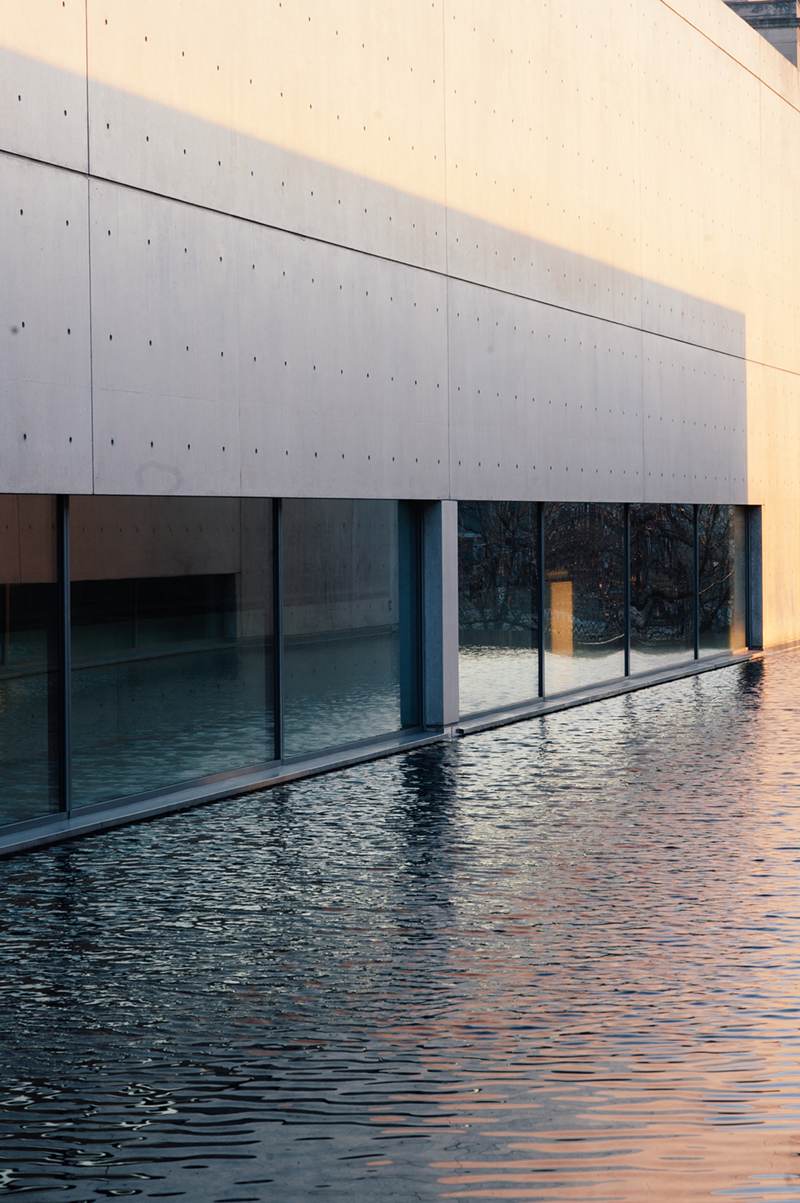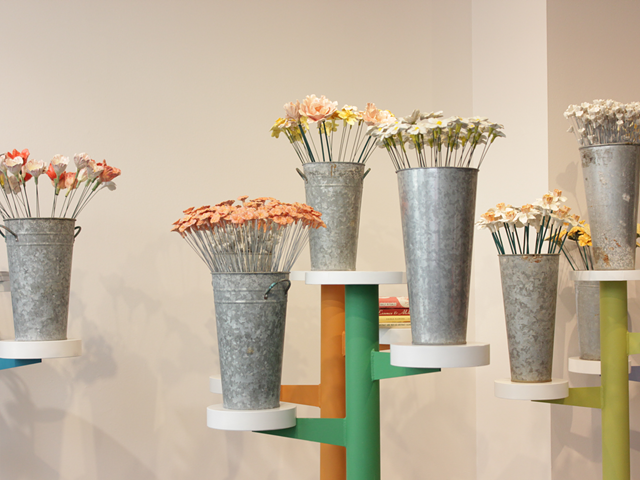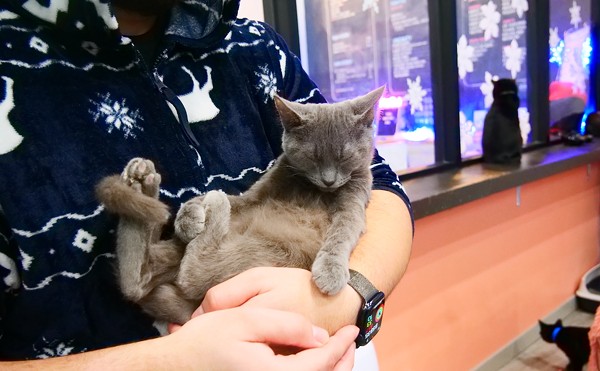Impressively, one Cincinnati family has played a role in the creation of two progressive American art museums, one here and one in St. Louis. I recently visited the St. Louis museum, the Pulitzer Arts Foundation, which few here know about at all and probably even fewer are aware of its local connection. Aesthetically, it is one of the best small museums I’ve seen — worth a trip to St. Louis in itself.
But first, a look back. In August 1939, Peggy Frank Crawford, Betty Pollak Rauh and Rita Rentschler Cushman raised $5,000 to create the Modern Art Society in Cincinnati. They wanted to show the new art of their times, and were able to present exhibits by such artists as Paul Gauguin, Pablo Picasso, Max Beckmann and Paul Klee in a space offered by the Cincinnati Art Museum.
The organization managed to stay and even grow, becoming the Contemporary Arts Center in 1952. It acquired its own downtown location in 1964, and in 2003 moved to its own building, the Zaha Hadid-designed Lois & Richard Rosenthal Center for Contemporary Art. It’s hailed internationally for its design, and you’ve probably been there.
The last of the three women alive, Crawford, died in 2015 in Santa Fe. However, her and Rauh’s niece, Emily Rauh, has similar interests and she pursues them actively. Crawford was Emily’s mother’s younger sister; Rauh was married to her father’s brother.
Emily’s father, Frederick Rauh, was a Cincinnati insurance executive. She studied art in Paris, Cincinnati and at Harvard, and took a job at the St. Louis Art Museum in 1964. She met Joseph Pulitzer Jr., editor and publisher of the St. Louis Post-Dispatch and an art collector, and they married in Cincinnati in 1973. He died in 1993.
According to its website, the idea for the Pulitzer Arts Foundation took shape in the early 1990s. The couple commissioned Japanese architect Tadao Ando to design the building in 1991, and it opened a decade later. This was Ando’s first freestanding building in the U.S.; the CAC was the first U.S. building for the Iraqi-British Hadid, who died in 2016. They both are Pritzker Prize-winning architects.
I find what Ando built at least as rewarding as Hadid’s CAC. Tucked away in St. Louis’ Grand Center Arts District, this lovely concrete building has a very comfortable and comforting Minimalist feel. It is not exclusively a Contemporary museum, but Contemporary art looks very becoming here. The floors on the upper level galleries are concrete; two lower-level galleries have wooden floors.
When I went, much of the museum was devoted to a terrific exhibit, Terra Infirma, of more than 30 sculptural works by Mona Hatoum, the Lebanese-born (to a Palestinian family) British artist. This is her first major U.S. show in 20 years, and I had the feeling I would be seeing some of these pieces again as more museums realize she needs retrospectives. Her work can simultaneously be playful and serious, such as one piece where rotating wipers rake and smooth a circular base of sand — you can see perfection achieved and erased over and over.
The building’s interior grayness is broken up by use of natural lighting. One dramatic example is a slot-like opening where wall and ceiling meet in a gallery that holds an Ellsworth Kelly sculpture — a solid blue aluminum panel placed above a black one on that wall. Depending on the time of day, that slot lets in rays of intense light that I at first thought was a Dan Flavin fluorescent light sculpture. It injects an extra, ephemeral sense of wonder to the space and makes you think about the relationship of inside to outside.
But the most dramatic use of light is the way windows overlook an outside infinity pool-like court of virtually still water that just seems to float suspended between building walls. Ando used water similarly in his 2002 Fort Worth Contemporary Art Museum, and it’s wonderful, too. But this seems special, like a secret surprise.
Emily Rauh Pulitzer is a major philanthropist who has supported other arts and cultural institutions. In fact, in Cincinnati she financed the extensive restoration — I once called it a reinvention — of her family home in Woodlawn, which Modernist architect John W. Becker had designed in 1938. It is now privately owned, but Cincinnati Preservation has a preservation easement on it, protecting it for the future.
For more information on the Pulitzer Arts Foundation, visit pulitzerarts.org






